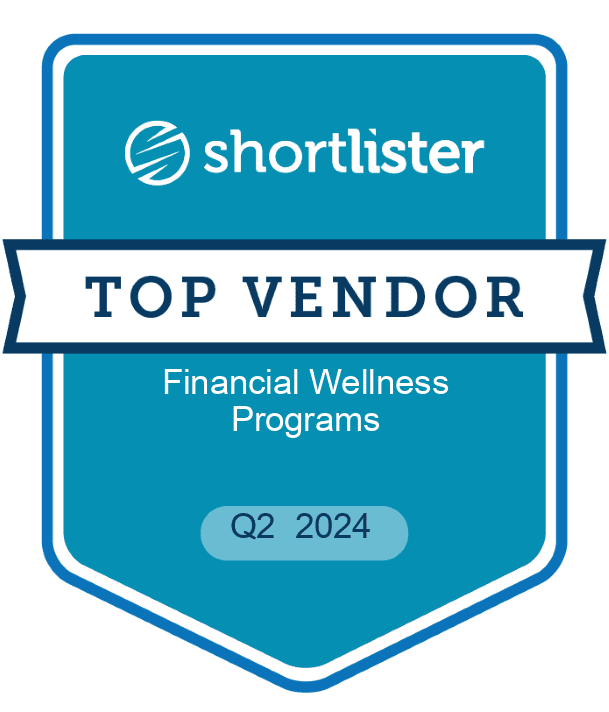Start an Emergency Fund with a “No-Spending Month”
If you can withstand a financial emergency, you deserve a pat on the back. Many Americans live paycheck-to-paycheck and would find it difficult to cover a financial emergency.

If you can withstand a financial emergency, you deserve a pat on the back.
Many Americans live paycheck-to-paycheck and would find it difficult to cover a financial emergency.
Without an emergency fund, you could be forced to go into debt to pay for emergency medical care, a broken car that you rely on to get to work, a busted water heater, job loss or any other unexpected event.
Trust us — sooner or later, something will pop up that requires immediate financial attention.
A good first goal for emergencies is accumulating enough to cover a $1,000 expense. After that, consider increasing your funds to a cushion of one month’s living expenses, then three months’, then six to twelve months’, and so on.
To give your emergency fund a good kick-start, consider challenging yourself to a month of no spending.
Not Spending for a Month
Sounds a little intimidating but don’t worry, we’re talking about non-essential stuff.
Start by sorting your expenses into “wants” vs. “needs.” You know what these are. It’s when you go to the grocery store and explain to your child why you get milk and eggs before cookies and candy.
Wants could include eating out, going to a movie, vacationing, extravagant date nights, excessive shopping, and anything else you can live without, like (dare we say?) cable TV or streaming applications.
Needs are pretty obvious: paying rent or mortgage, getting medical care, buying groceries, and paying monthly bills. In other words, we don’t suggest living without hot water or electricity just to save some money.
Pay in Cash Only
Do you go to the coffee shop a few times a week? Either pay with cash — not your phone app — or make coffee at home. Paying with cash can make it easier to see just how much you’re spending.
The same goes for any other daily living expenses. Leave your credit cards at home and bring snacks and lunch to work. Watch broadcast TV and cancel your cable TV. Ride bikes and picnic in the park with your loved one instead of going out for dinner and a movie on date night.
Look at it this way: all “needs” should be paid with money you already have on hand and not with a credit card. For example, the mortgage and water bills can be paid with a check or by transferring money from your checking account.
“Wants,” however, are often paid with a credit card and not thought about until a month later when the bill arrives. For most of these, use cash if you want to take a “no-spending month” at least semi-seriously. If you’re super committed, then try avoiding these “wants” for the one month and then assess if you can continue most, if not all, of those same sacrifices moving forward. Who knows, cable TV may not seem so important after you go a few weeks without it.
What to do with the Savings
Hopefully, your accumulated savings will be enough to cover your expenses for a month. At the end of the “no-spending month,” move the unspent money to a savings account or another account where you can get the funds relatively quickly if needed. The point is to have it set aside for emergencies, which, by definition, require quick access.
After that challenging first month, decide how much you can now afford to put aside in your emergency fund on a regular basis, and consider doing so through automatic transfers.
Security and peace of mind in knowing you can handle paying for life’s emergencies may be worth sacrificing luxuries such as fancy restaurant dinners. If all it takes to beef up your emergency fund is downsizing your entertainment budget and taking shorter vacations closer to home, then a good night’s sleep and not worrying about paying for emergencies may be worth it.
Does a “no-spending month” still sound intimidating? Don’t go it alone! Your Money Coach can help you create a budget and spending plan that can help you meet necessary expenses and reach your goals. Call 888-724-2326 today to get started!
More Like This
Say you need money that you don’t have, but it’s an emergency. What do you do?! Here are five things you might do to get started and a few things you may want to avoid: #1: Assess Your Spending Is there discretionary spending you can reallocate to your financial emergency for the time being? You […]
An important aspect of a budget is allocating money to savings. Having savings helps you get through emergencies, meet short term goals and long term goals, and it gives you peace of mind knowing that you have a financial cushion. Step 1: Start saving. If you don’t have an emergency savings account, then start one. […]
There are a few times when you may need a higher spending limit on your credit card: an unexpected expense, such as a car repair, trip to a hospital emergency room, or a broken washer and dryer set that you want to replace immediately, for example. But increasing your credit limit can help in another […]
What if you wake up Monday morning to a broken fridge? What if rush hour pushes you into an accident and totals your car? Do you have emergency savings to fix it? Most Americans don’t. Here’s how you can boost your bank account and soften the blow of an emergency. If your savings are lacking, […]


